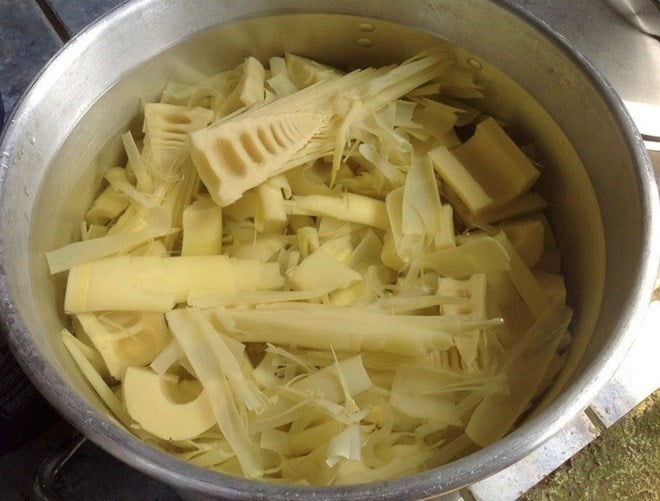
Recently, an 18-year-old man (in Nhon Trach district, Dong Nai province) suddenly fell into a coma, suffering from multiple organ damage. At a hospital in Ho Chi Minh City, the patient was found to have cyanide in his body, suspected of being poisoned.
Notably, in just 8 months, 5 people in the patient's family died abnormally, with symptoms of vomiting, headache, dizziness, then arrhythmia, cardiac arrest...
In life, cyanide can be present in some foods. Bach Mai Hospital once received a 44-year-old female patient from Thai Nguyen in a coma, metabolic acidosis, on a ventilator, rhabdomyolysis, and heart muscle damage.
According to the patient's family, the patient and her husband drank pickled bamboo shoots from a jar of pickled bamboo shoots that the family had pickled themselves (the jar contained about 1 kg of fresh bamboo shoots, soaked for 1 year and the family was eating them gradually). The patient drank about 200 ml, and her husband drank about 30 ml (without any symptoms).
About 5 minutes after drinking, the patient complained of headache, severe vomiting, convulsions, coma, blood test showed severe metabolic acidosis, high blood lactate.
The samples brought by the patient were tested for toxic substances. The test results showed that all samples contained cyanide, including the bamboo shoot juice sample and the samples from the patient's body. In particular, the cyanide content in the samples was as follows: gastric juice 0.5 mg/L; blood 1 mg/L; urine 2 mg/L.
Dr. Nguyen Trung Nguyen - Director of the Poison Control Center said: Cyanide is an extremely toxic substance. Some plants contain precursors of cyanide (called cyanide-producing glycosides). When eaten, these substances will convert into cyanide, most typically cassava and bamboo shoots (bamboo shoots, bamboo shoots, etc.). Bamboo shoots contain a cyanide-producing glycoside called taxiphyllin. At the same time, bamboo shoots also contain an enzyme called B-glycosidase that can convert taxiphyllin into cyanide (HCN). However, when the bamboo shoot is intact, the B-glycosidase enzyme is in a state where it cannot contact taxiphyllin, so it does not produce cyanide. When the bamboo shoot is broken, crushed or chewed (eaten by animals or humans), or the bamboo shoot is sliced and soaked, the B-glycosidase enzyme comes into contact with taxiphyllin and converts it into cyanide.
The human intestine also has the enzyme B-glycosidase, so when bamboo shoots reach the intestines, this enzyme will convert taxiphyllin into cyanide and absorb it into the body.
When soaking bamboo shoots, a certain amount of cyanide is also created, both cyanide and taxiphyllin diffuse into the water, the amount of toxins in bamboo shoots can be reduced but the toxins in the water can increase, so if you drink too much bamboo shoot juice, you can be poisoned. Cyanide poisoning from eating bamboo shoots in humans is very rare and only occurs when eating too much to the point of being full or eating too much like "eating instead of rice", and especially with fresh bamboo shoots because the amount of toxins is still high. Under normal eating conditions, people can safely scoop a few small spoons of bamboo shoot juice as a seasoning without any problem.
Cyanide is a chemical used in the mining industry that can cause instant death in small amounts. It is also found naturally in some foods.
Cyanide is found in many natural foods such as cassava and bamboo shoots in the form of glycosides, which are cyanogenic glycosides (linamarin and lotaustralin). Under the influence of gastric juice and digestive enzymes, these substances will be hydrolyzed and release hydrocyanic acid.
To prevent cyanide poisoning from eating bamboo shoots and cassava, the Poison Control Center recommends that people should fully process bamboo shoots and cassava before eating. Bamboo shoots should be boiled thoroughly (if possible, boil for 1-2 hours). Fresh bamboo shoots should be cut into small, thin pieces before being soaked in a jar and then soaked in water for 24 hours to remove toxins. Note that during the process of boiling or soaking bamboo shoots, the water should be changed many times to effectively remove toxins (because the old water has toxins diffused from the bamboo shoots).
With cassava, you need to peel off all the skin, then wash off the sap and soak it thoroughly in lots of water or change the water many times and also do not eat too much.


![[Photo] Keep your warehouse safe in all situations](https://vphoto.vietnam.vn/thumb/1200x675/vietnam/resource/IMAGE/2025/10/1/3eb4eceafe68497989865e7faa4e4d0e)
![[Photo] Hanoi morning of October 1: Prolonged flooding, people wade to work](https://vphoto.vietnam.vn/thumb/1200x675/vietnam/resource/IMAGE/2025/10/1/189be28938e3493fa26b2938efa2059e)



![[Photo] President of the Cuban National Assembly visits President Ho Chi Minh's Mausoleum](https://vphoto.vietnam.vn/thumb/1200x675/vietnam/resource/IMAGE/2025/10/1/39f1142310fc4dae9e3de4fcc9ac2ed0)




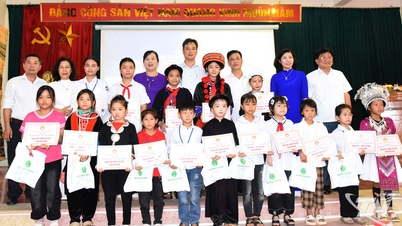
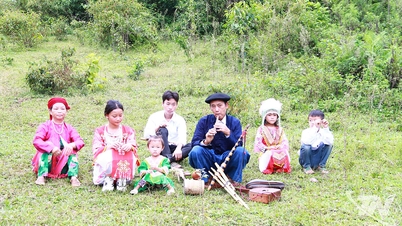
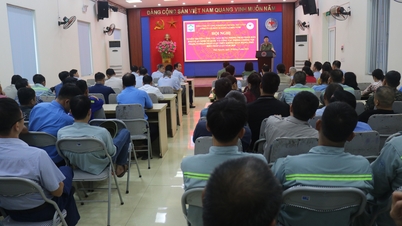

















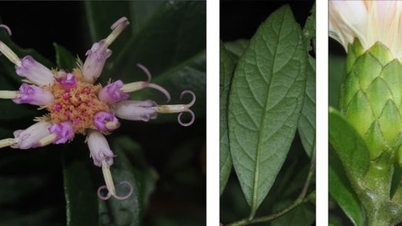






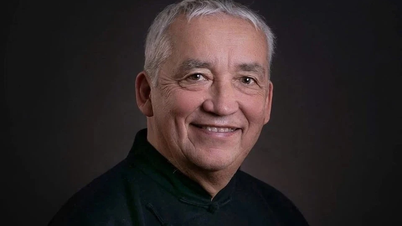




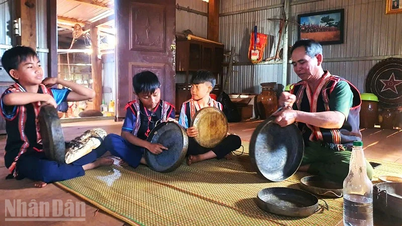









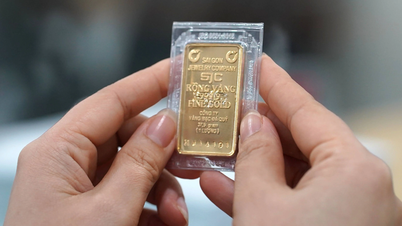




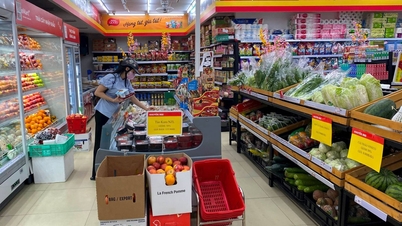



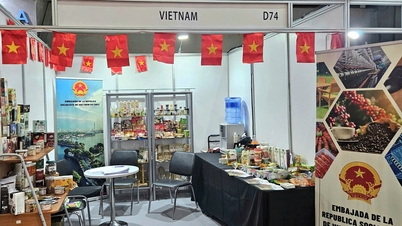
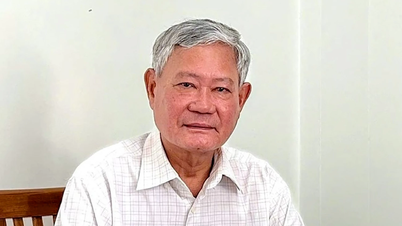




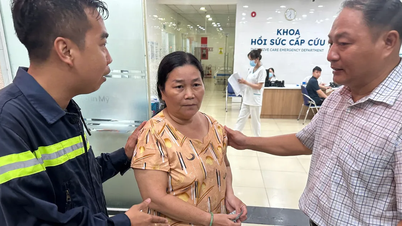

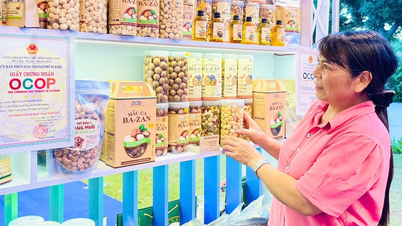

















Comment (0)